Future Focused: New USU President Elizabeth Cantwell Has a Modern Land-Grant Plan for USU
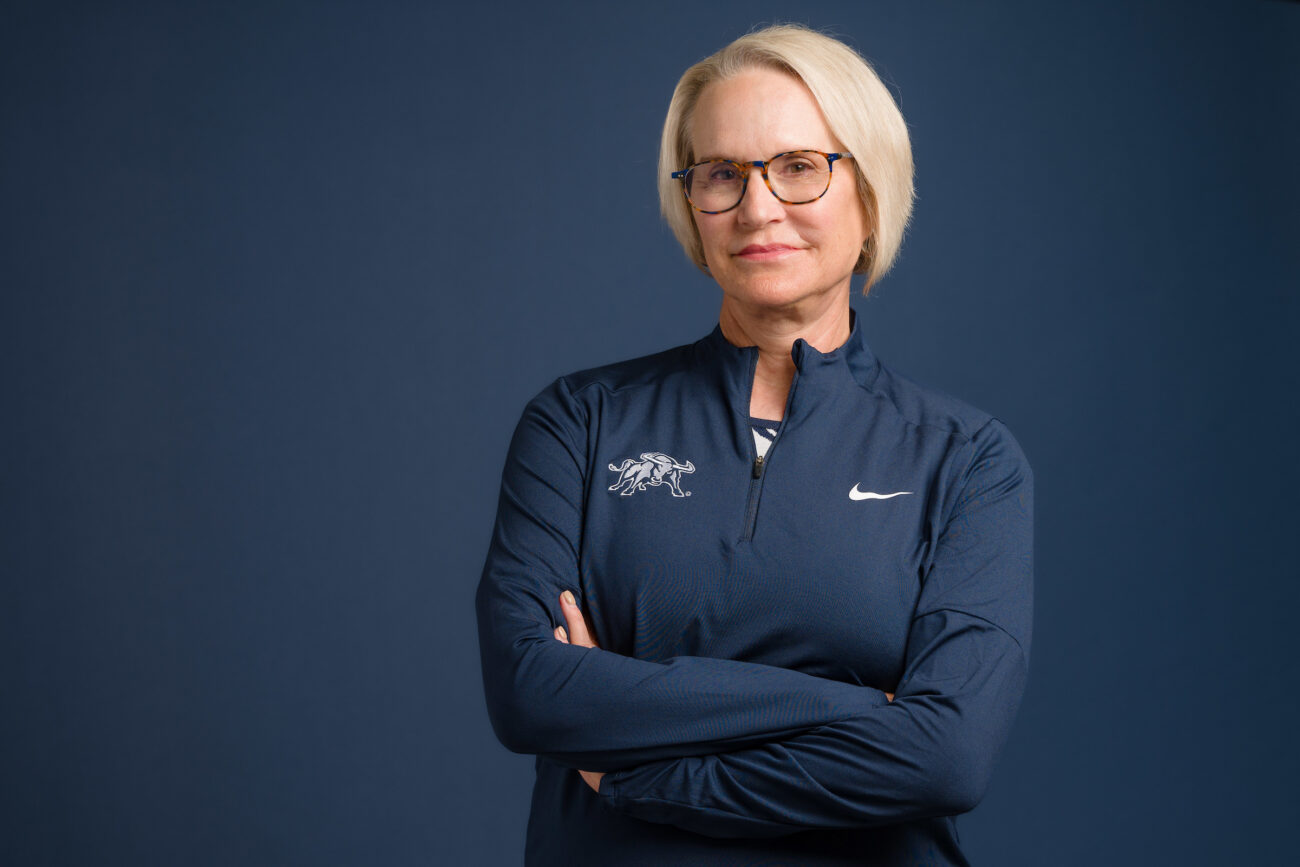
USU’s 17th president is excited to tackle the challenges and opportunities of the 21st century
By Jeff Hunter ’96
Elizabeth Cantwell has a passion for higher education that harkens back to her childhood.
The daughter of a geophysics professor at the Massachusetts Institute of Technology, Cantwell was attending a college prep high school in New York City when, at the tender age of 16, she elected to forgo her senior year so she could accelerate her academic career at the collegiate level. Due to her strong academic performance at Stuyvesant High School in Manhattan, Cantwell was accepted into the early entrance program at the University of Chicago. And, a mere two weeks after turning 17, she stepped into her first college class in the Windy City.
“I applied to four universities, was accepted by two, and one of them was the University of Chicago,” says Cantwell, who would go onto complete a bachelor’s degree in human behavior in 1976. “So, I don’t have a formal high school diploma.”
“It was a little risky,” she admits, “but I knew I would get that college diploma.”
That one and a few more.
After making a decisive pivot away from psychology towards engineering, Cantwell ended up securing a bachelor’s in mechanical engineering at Stony Brook University in 1982, followed by a Ph.D. in mechanical engineering from the University of California, Berkeley in 1992. The woman known by friends and family as “Betsy” later added an MBA in finance and entrepreneurship from the Wharton School of the University of Pennsylvania.
Those extensive academic experiences, coupled with a long career leading several governmental labs and eight years of working in higher education, eventually led Cantwell to Logan, where she was sworn in as the new president of Utah State University on Aug. 1 during a short ceremony in Old Main.
“I am beyond excited to start my tenure as Utah State University’s 17th president, and I am honored to work with so many talented individuals,” Cantwell declared in an email sent to USU faculty and staff on that day. “I look forward to meeting you over the next year and hearing your thoughts about how USU can even more successfully meet its land-grant mission of accessibility, student success, academic excellence, advancing research, and serving communities across the state of Utah.
A Non-traditional Route
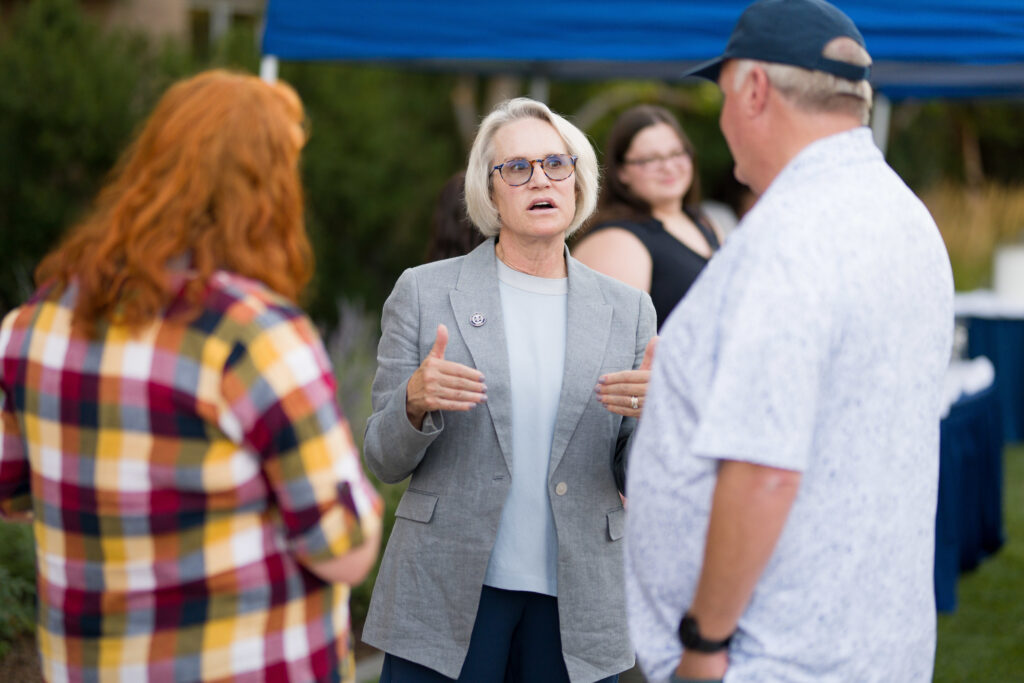
Moving to Utah is definitely a dream come true for someone in Cantwell’s household.
“I always wanted to move to Utah, but I never thought I could get my wife to agree,” proclaims Cantwell’s husband, David Hallikainen. “So, I am thrilled for Betsy and for USU, but I am especially thrilled for our family being able to live in Utah.”
Hallikainen explains that he was “informally adopted” by a friend’s extended family in Vernal when he was young, and he has been coming back to the Beehive State to hunt in the Book Cliffs area for decades.
“I have incredible respect for Utah values and inspirational history, and the unbelievable beauty of the landscapes amazes me,” adds Hallikainen, who has had to scale back some of his outdoor adventures in recent years after being diagnosed more than two decades ago with a rare neurological disorder with symptoms similar to Parkinson’s disease.
Hallikainen and Cantwell, who are the parents of five adult children, have been living in Arizona for the past eight years while she was employed in leadership positions at Arizona State University and then the University of Arizona. Cantwell says that while heading north to Utah wasn’t necessarily the goal, staying on this side of the country was. When she started looking into potential presidential positions, she decided to only seek out opportunities at land-grant universities west of the Mississippi River.
“I lived in the East. I grew up in Boston and New York City. I know that whole environment, and I’m not interested in that milieu because I don’t think the future of the United States is really going to come from there,” Cantwell explains. “Those places have done what they’re going to do, and now they’re living it out.
“We are still norming, forming and storming in the West. Look at Utah and Arizona. They’re great examples of states that are still growing and aren’t predicted to drop in population for at least a decade, if not more. So, that landscape is really exciting for the land grant, if you take this kind of service opportunity, as an educational institution, seriously.”
Perhaps Cantwell feels that way because she came out West to forge her own career path.
Following graduation from UChicago, she stayed in the area working at an adoption agency for a year before being accepted into Stanford University’s social work program. Cantwell’s mother, Jan, graduated from Radcliffe College in her youth, but stayed at home to raise her three children until she and Cantwell’s father, Tom, divorced when Cantwell was a teenager. Jan then embarked on a career as social worker, something she did well into her 70s.
Cantwell was poised to follow a similar path until doubts formed as she neared the beginning of her graduate program in California.
“I knew that I really wanted to do something different,” recalls Cantwell, who nonetheless relocated to the Bay Area. “And I just never started the program. I thought, If I don’t leave now, it’s going to cost a lot of money to get this degree, and I’m never going to do anything different.”
Cantwell ended up taking a job answering phones at a marketing company, instead, and credits that break from school, along with her father, for helping her decide what to do next. Tom Cantwell had also made a bold decision, himself, to leave academia and use his skills to become, first, a pioneer in using computer-enhanced geophysical data to aid in petroleum exploration, and then turning his unique skills towards the entertainment industry and helping to develop methods for creating computerized animation.
Likewise, Cantwell abruptly altered her life’s plan. She had done extremely well at Stuyvesant, a renowned STEM school, and decided she wanted to pursue a career in engineering. Taking advantage of living in California, where community college classes were being offered for free at the time, she signed up for classes and completed the necessary prerequisites in math, physics, and chemistry.
“And I just kept going,” she says.
All the way back to New York, where she completed an engineering degree at Stony Brook, then returned to the Bay Area to serve as a research engineer at the NASA Ames Research Center and secure a Ph.D. in fluid mechanics and combustion from UC Berkeley. Cantwell went on to work at NASA Headquarters and spent time at the Livermore, Los Alamos, and Oak Ridge national laboratories.
She was serving as the director of the Livermore National Laboratory in California when she met Michael Crow, the president of Arizona State University.
“That’s when I said, ‘OK, I’m going to jump into higher ed,’” Cantwell says, explaining that she felt a “transformation” was taking place at that time in higher education.
“Honestly, we’re really only at the beginning of that transformation,” she explains. “We’re starting to see a drop in populations of young students, but also an enhancement of our mission of lifelong learning. People are going to be changing jobs now far more frequently than they did even a decade ago.”
Cantwell accepted a position as a professor in the College of Engineering at ASU in 2015, and she left in 2019 as the vice president of research development in Tempe. She then moved south to Tucson, serving as an aerospace engineering professor and the senior vice president of research and innovation at the University of Arizona. Her role as a senior VP came with the responsibility of overseeing an $825 million annual research portfolio and the UA Tech Park, which employs more than 6,000 people and houses over 100 companies and organizations within its 1,267 acres.
But when Noelle Cockett announced that she was stepping down as president last fall, creating a future opportunity at USU, Cantwell couldn’t resist the opportunity to continue the land-grant mission she had been so heavily involved in at the University of Arizona in another western state.
When applying for the position of USU president, she wrote in her cover letter: “My entry into academic leadership has been ‘non-traditional,’ but I have learned from the best, and have become completely committed to the public university land-grant mission. My background in regional economic development anchored by a large research institution led me to a strong conviction that for a significant public university, today’s biggest societal challenges are best viewed through the lens of partnership with our regional communities, both because these are the public whom we serve and because the details of any of any of the grandest global challenges absolutely matter at the local level.”
True to the Mission
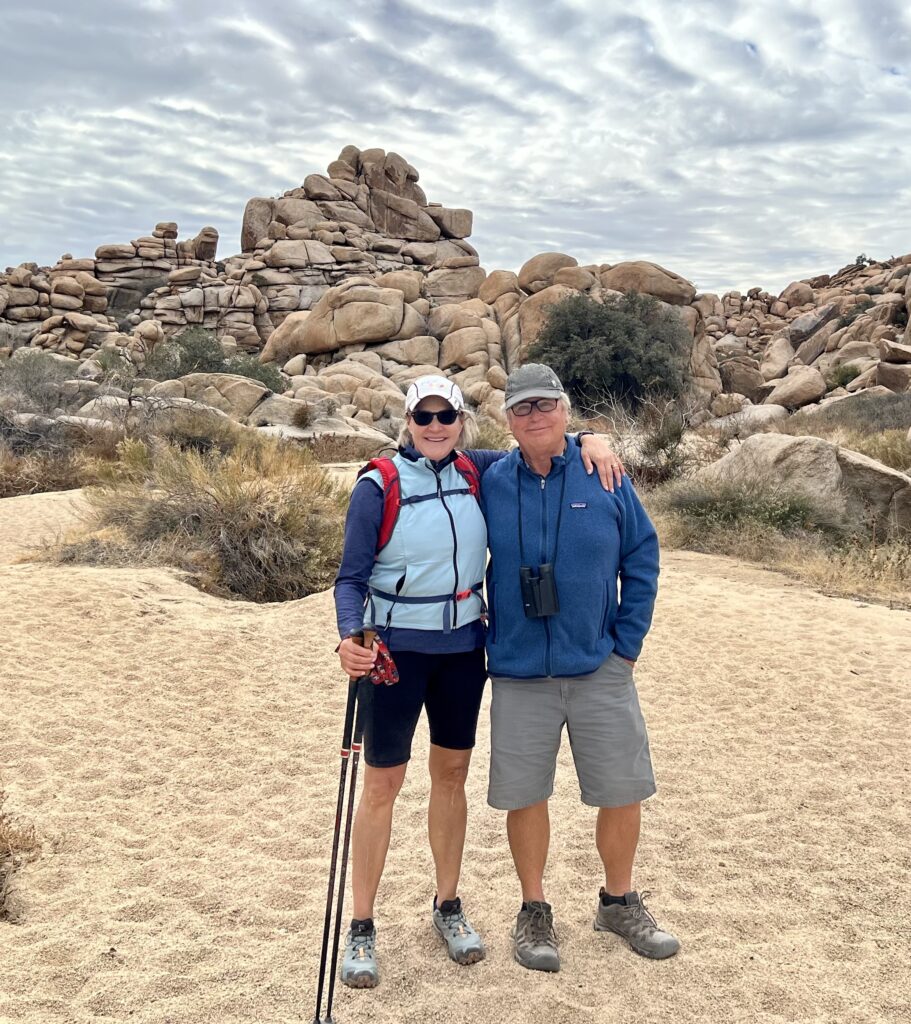
Betsy Cantwell and David Hallikainen met at a café in Berkeley, California. He was finishing up law school while living on a boat in the San Francisco Bay.
“He was studying at the café, and we were there at the same time,” Cantwell recalls. “Over a period of a couple of months, we eventually began talking and that was sort of all she wrote.”
The son of a Finnish father and New Zealand mother who met during World War II, Hallikainen spent much of his childhood living on a boat and has sailed solo from California to Hawaii. He and Cantwell also lived on a boat together near Richmond, California, before the couple had children. The couple adopted their three oldest children after being told they wouldn’t be able to have children of their own.
“Then I got pregnant, and my doctor said it was a ‘medical miracle,’” Cantwell says with a smile, noting there’s a 10-year age gap between her third and fourth oldest children. “Then when I had the second one, he said, ‘Wow!’ and I got some real incredible feedback about what a miracle that was.”
While Cantwell and Hallikainen’s three older children attended school in California, the two younger ones went to colleges in Arizona. Cantwell’s youngest daughter, Hannah, thinks her mother will thrive in her new role at USU. And she’s also looking at it from the perspective of a current college student herself.
“She’s the type of person that cares a lot about when people around her are having problems and really tries her best to sort things out and brainstorm ways to fix things,” says Hannah, who’s currently pursuing a Ph.D. in chemical engineering at Washington State University. “She’s very focused on ‘what are the practical steps that can be taken for any particular problem? How do you fix this? What’s the problem? And how do you get around it?’
“I’ve been told by friends of mine in my age group that when they meet my mom, she can be a little bit intimidating at first. But that she really does care about what’s going on. And she likes to listen to people who are struggling to figure out what exactly is going on.”
Hannah adds that student mental health and wellbeing is very important to her mother — something Cantwell touched on in her cover letter when applying to USU.
She wrote: “We are in a fraught time such that the balance of our cultural attributes has tipped in favor of things where genuine anxiety is warranted. Every one of us in institutions of higher education is deeply concerned and struggling to find the right ways to meet this moment on behalf of our students. As a mother of five, I am keenly aware that I cannot give to my children a world that is peaceful, or even frankly majority kind. But I am committed for them and for the communities I serve to using everything at my command as an educator, as a researcher, as a successful thinking, learning, questioning, driven leader to empower our newest generation of college learners to be resilient humans who own their own destiny and find happiness and health getting to that destiny. I expect to be as committed to the students at Utah State University as I am to my own children.”
And as she steps into her new role of president of Utah State University, Cantwell is also looking far into the future, well beyond the current student body and her own children. While noting that higher education is “complex and changing,” she says that the real challenge is “How do we stay true to the mission?”
“We must exist in 100 years. We don’t have an option, in my opinion,” she proclaims. “We know that we will look different, but we must still be here serving the public in 100 years. … To me, part of the job is putting the adaptive capabilities in place that allow the institution to be what it needs to be as we move forward. How do we set it up, so the institution is able to provide what we provide today as we move into the future?”
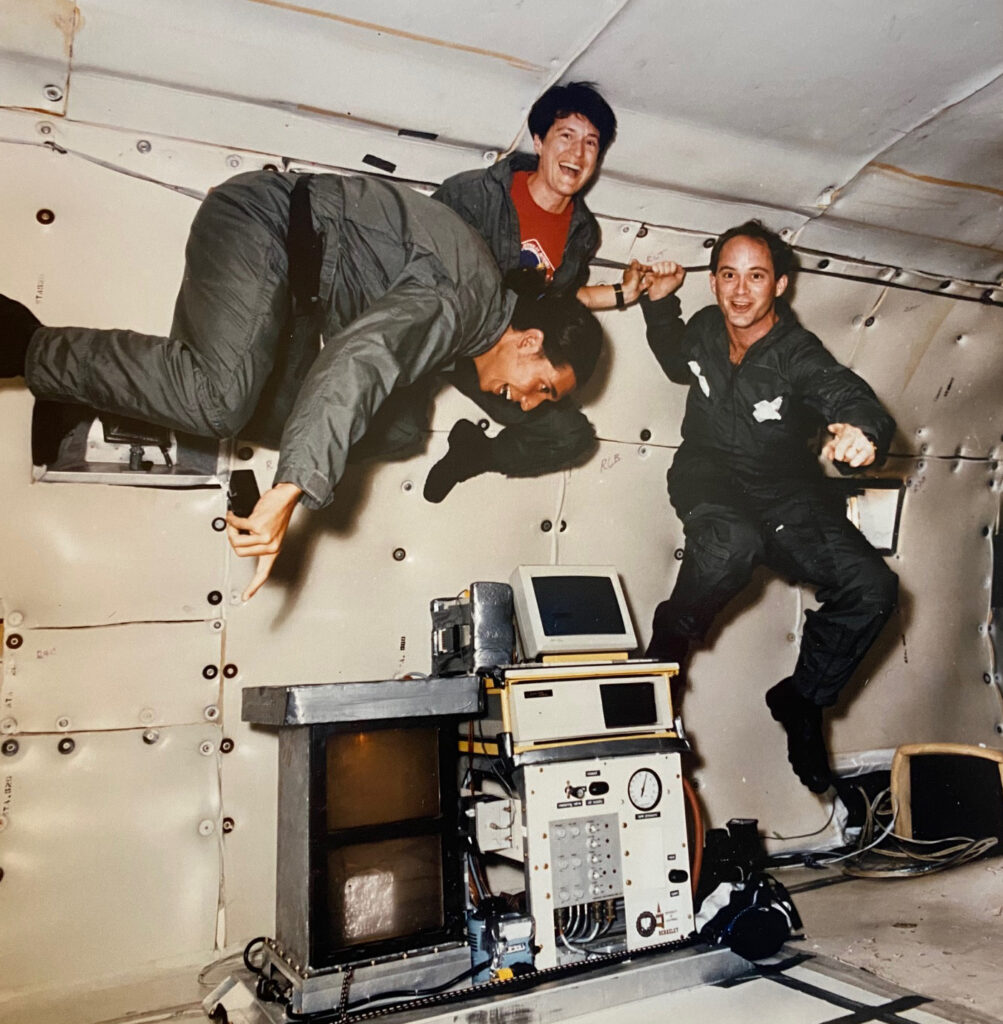




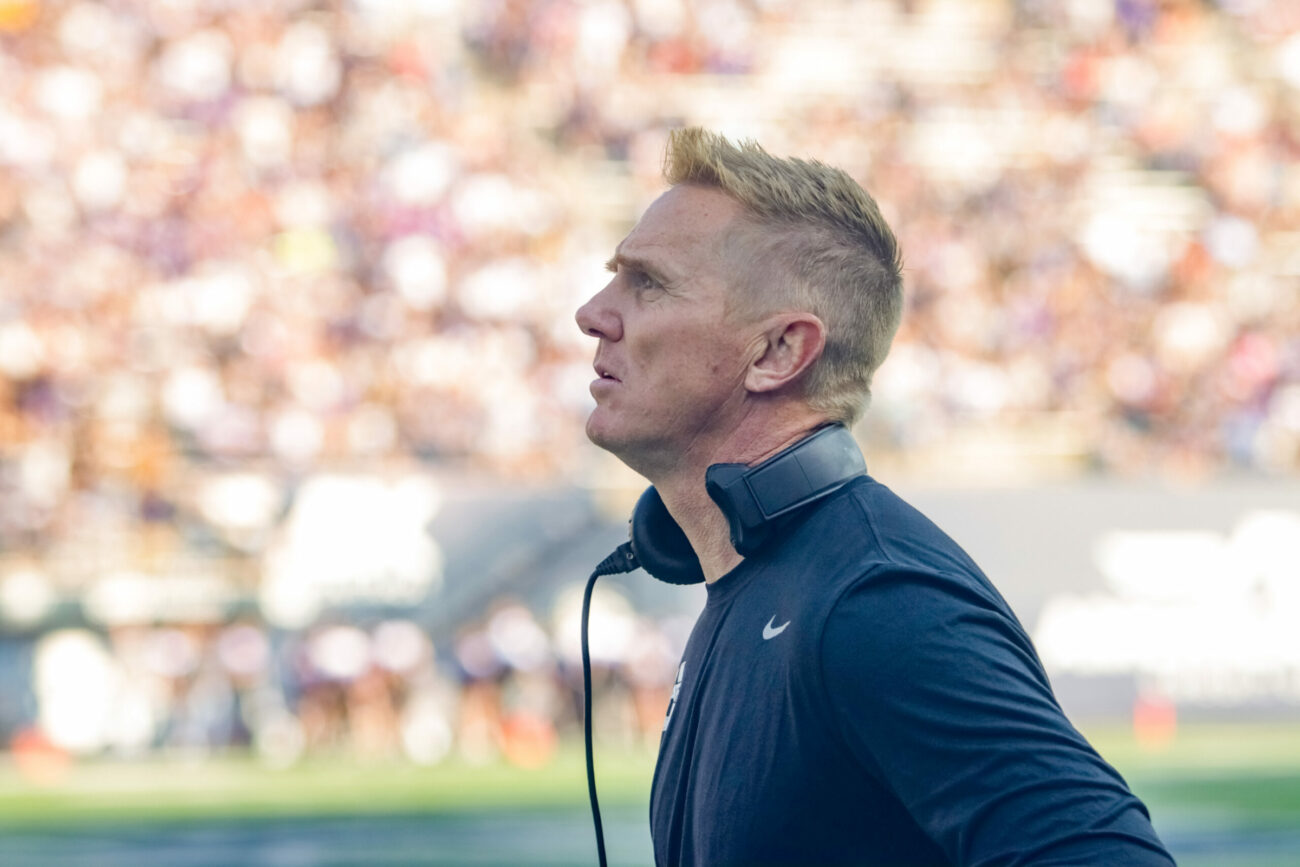
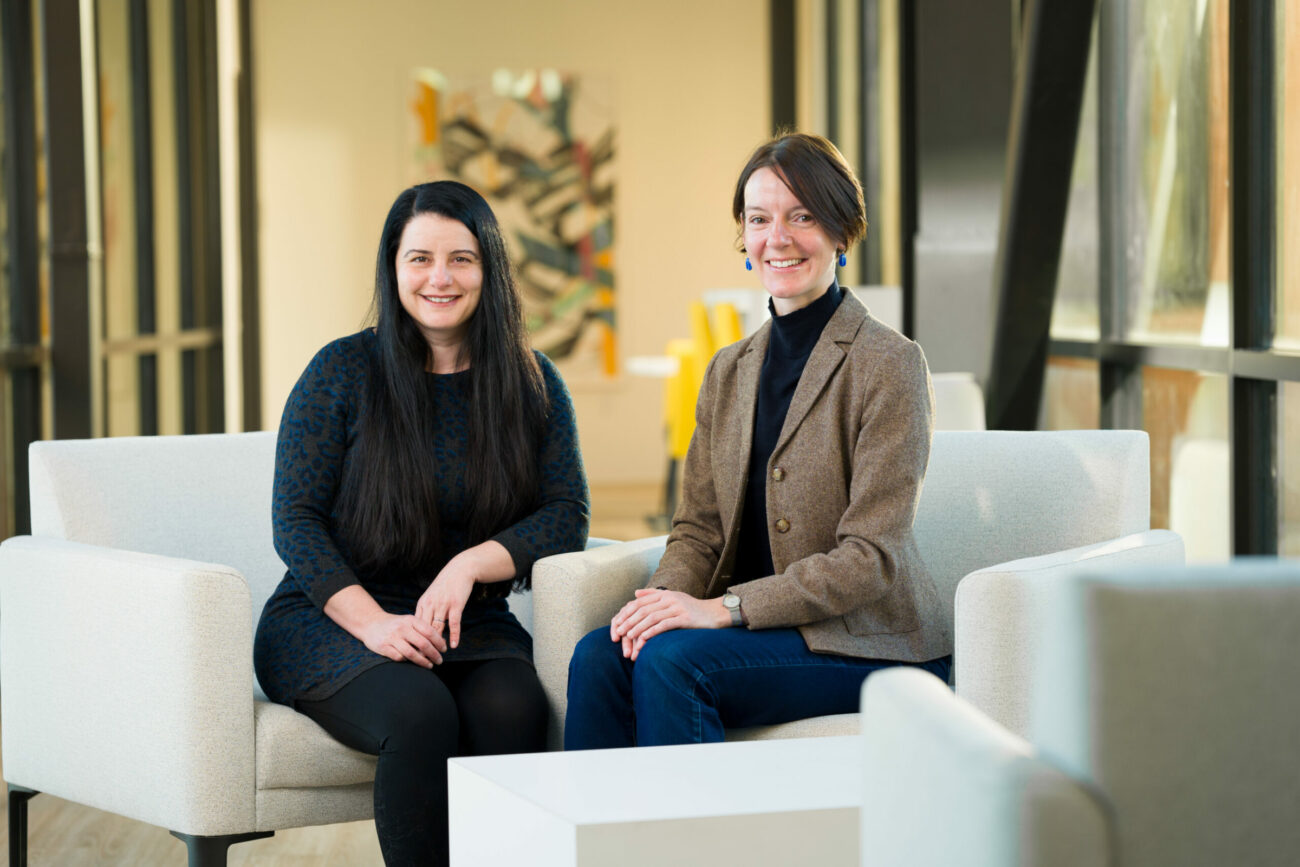
Amrit K Judd September 21, 2023
My Dear Dear President Cantwell. Congratulations for accepting the position of President at Utah State University. I read this life history and I admire your thoughts and talents. I am Dr. Amrit K Judd PhD (Chemistry) MBA. I read your interview with Herald Journal and I underlined when you said “I’m a really strong believer that public higher education is part of what is going to save this country going forward.”
“Utah is a state that has great respect for higher education and the students who come here are ready to be leaders.”
These are Golden Words. I used to say Education, higher Education, Go for It, you would never regret the investment you will make in your life. I did my PhD in Chemistry in India. After 37 years of gap, I did MBA from USU in the first batch of Huntsman School of Business. Was at Stanford Research Institute (SRI International) as Director of Protein Structure Function Protein . For one year a dual appointment, at SRI and as Howard Hugues Research Fellow in Department of Infectious Diseases, Stanford University. Came to Utah with a million dollar research grant from National Institute of Diabetes Digestive and Kidney Diseases (NIDDK) to develop a nonopioid, non addictive candidate drug for acute and chronic pain. Taught at USU Chemistry/Biochemistry Department, Biochemistry Course 7700 to PhD students for one semester, took leave of absence and did work as a Consultant for Pharmaceutical companies all over the world. When I was graduating for MBA the Dean of Graduate Students asked me “Now you have PhD and MBA, What is next?” I said to him ” you start Law School, and I will be in the first batch.” Retired now, because of medical issues, living at Legacy House Assisted Living place, my husband James Herbert Judd is living in our house in North Logan. Land-grants is a great program.